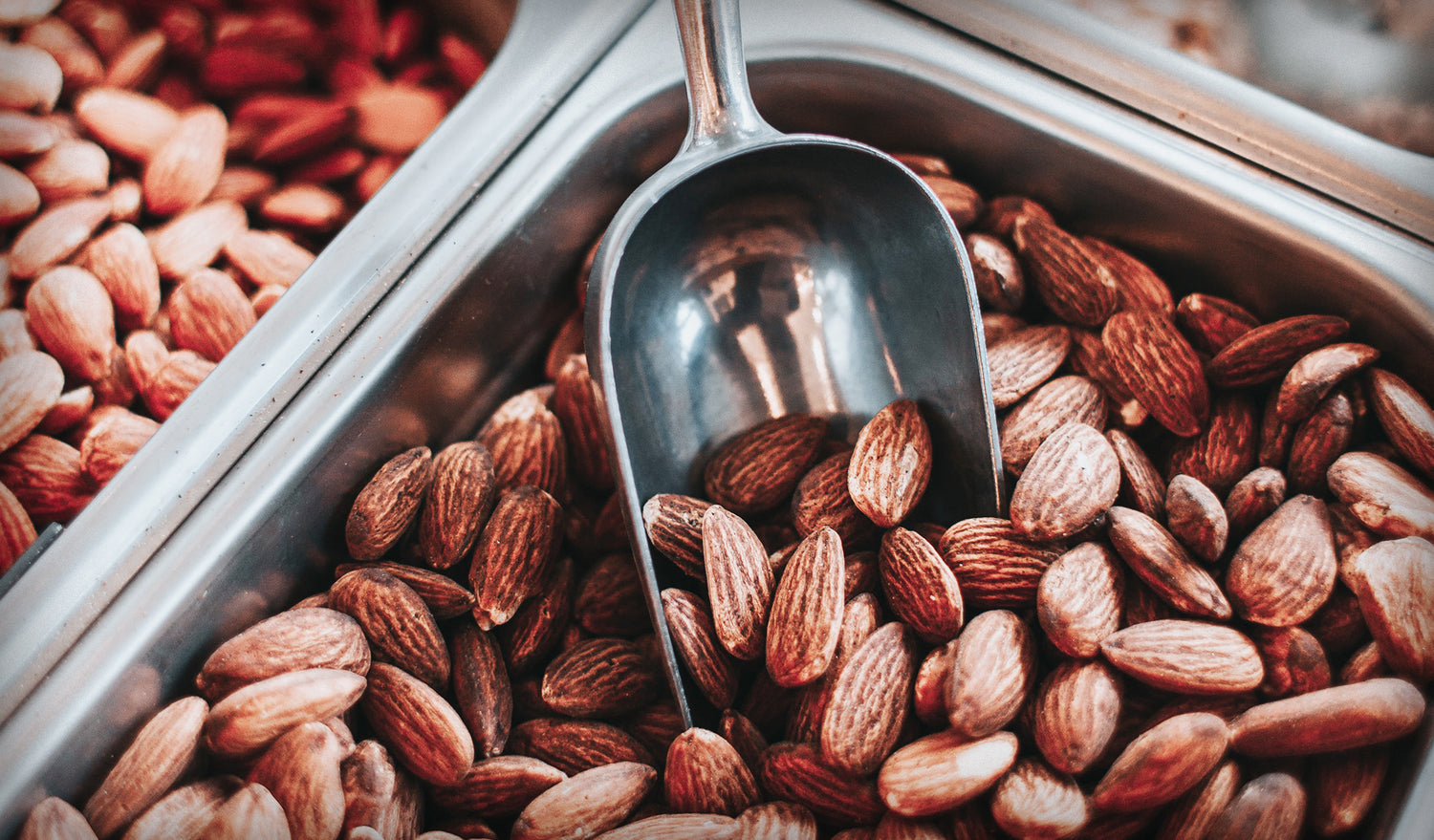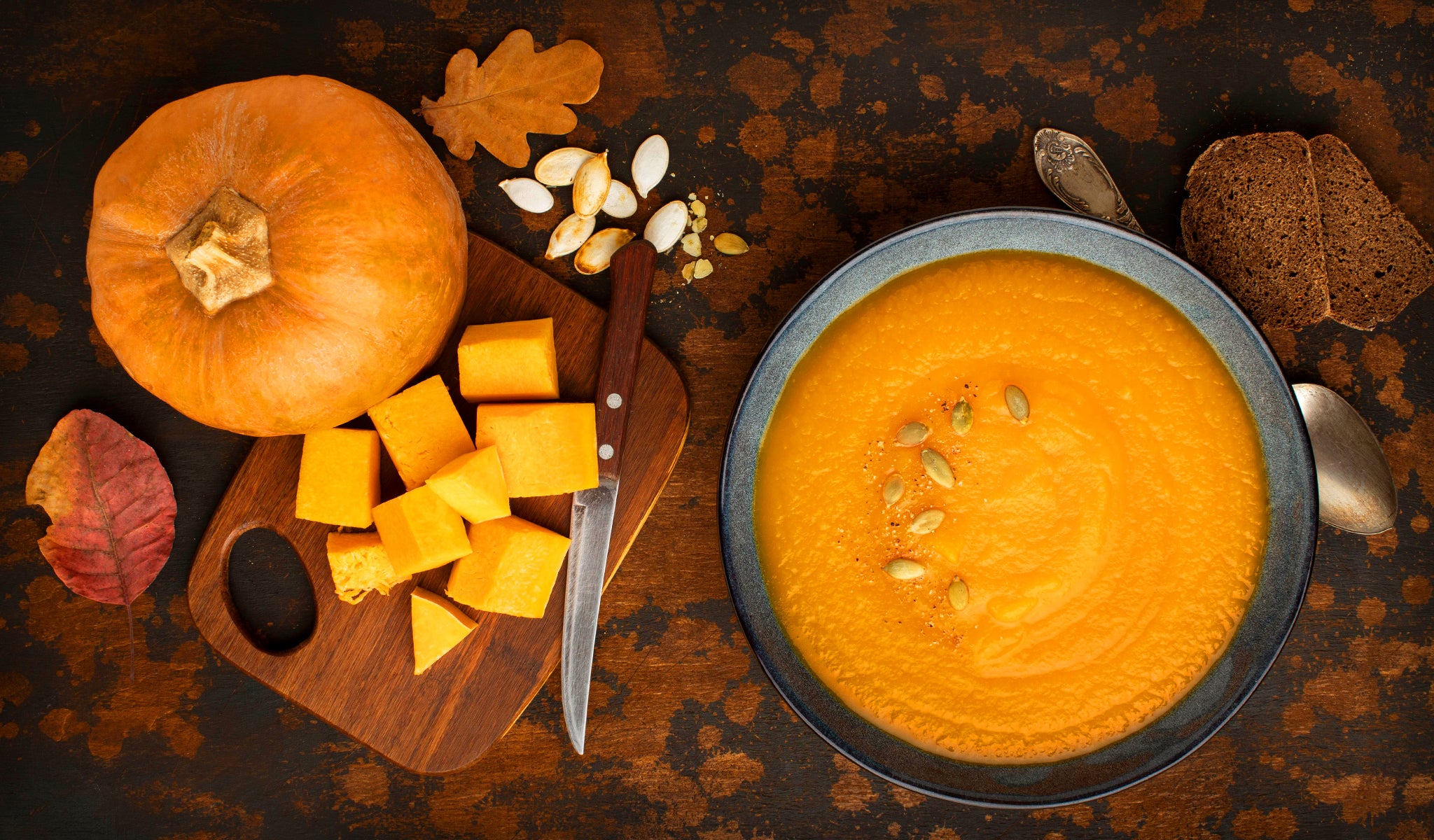Nuts, in general, are awesome ways to sneak in healthy fats into your diet. Almonds, however, deserve the spotlight! They are at the top of the list when it comes too high concentrations of nutrients.
I could talk on and on about the wonderful things almonds that provide to us, such as:
- fiber
- unsaturated fats
- potassium
- calcium
- magnesium
- phosphorus
- iron
- Vitamin E
Studies have shown that almonds can pose great benefits in lowering cholesterol and blood pressure all while amplifying fat loss.
Now, that is something to go NUTS about!
Almonds can make an appearance as a stand-alone snack, added into trail mixes granolas, baked goods, or made into creamy, delicious almond butter.
How do you eat your almonds?
Almonds are classified in two categories, sweet & bitter.
The sweet variety, malleable in texture and wonderfully buttery in taste are eaten while the bitter are used to make almond oil which is used as a flavoring for foods and liqueurs such as amaretto.
Almonds have a high fat content, up to 60% and are packed full of nutrition. they are an excellent source of monounsaturated and polyunsaturated oil, proteins (20%), potassium, magnesium, calcium, iron, zinc and vitamin E.
Almonds are a good source of important antioxidant flavonoids and 2 -4 % amygdalin (or laetrile). These components have resulted in the almond's reputation as an anticancer food.
Like other nuts, almonds appear to be quite useful in fighting against heart disease. Whether raw, dry-roasted, or in the form of roasted almond butter, this nut can help lower LDL and raise HDL to move toward a more healthy lipid profile.
A 1/3 cup serving contains 280 calories, 24 grams fat, 9 grams protein and 10 grams carbs, about half of that being fiber.
The fresher the better, because they are high in fat it is important to store them properly to prevent the fats from becoming rancid. Shelled almonds store the longest, otherwise keep them in the fridge (several months) or the freezer (about a year).
Almonds are wonderful raw, dry-roasted (make sure not oil roasted or added sugars, syrups or preservatives) as well as added to salads and cooked or baked into dished.
Once again, ALMONDS like sooooo many of the foods that we spotlight on Foods That Heal, have so much going on and so much information to share.
Please share your favorite way to eat or perhaps a favorite recipe.
Let us know if you would like to share a FOOD THAT HEALS blog with the TRIBE. This weeks was a joint effort. Working together on projects just makes them more special!
Thank You, SARA PINGEL | FNTP & Board Certified in Holistic Nutrition. (thats a really big deal :)




